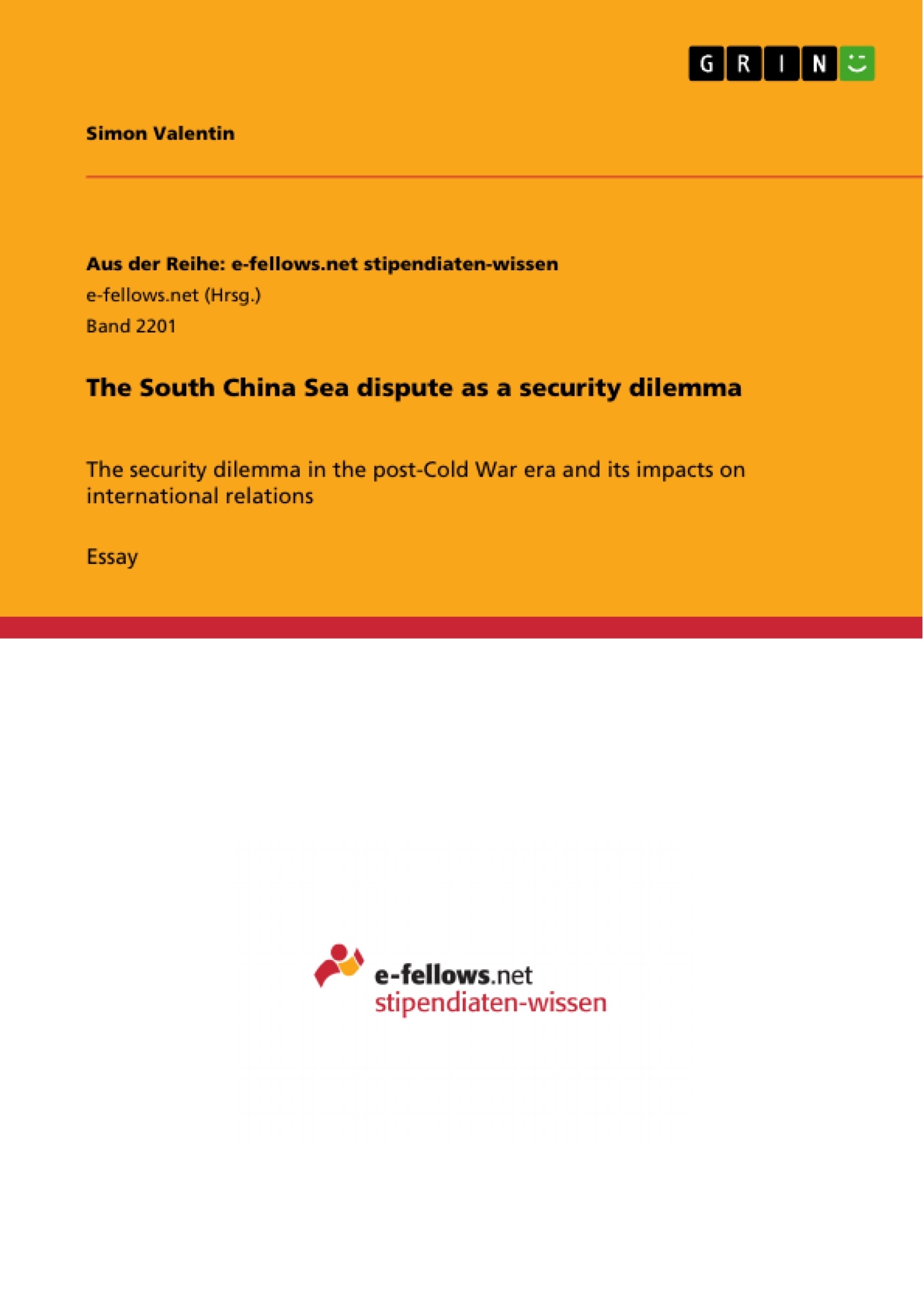The essay is an examination of the security dilemma and its impact on contemporary global politics. This is done by using the example of the South China Sea dispute and by outlining the lasting impacts of this conflicts on international relations.
The term security dilemma was first described by the German-American scholar of international relations and law John Herz in his 1951 book “Political Realism and Political Idealism”; however, the idea can be found already in the work of Immanuel Kant. The security dilemma is a model used in international relations to understand and explain the behaviour of states. Herz defined it as “a structural notion in which the self-help attempts of states to look after their security needs tend, regardless of intention, to lead to rising insecurity for others as each interprets its own measures as defensive and measures of others as potentially threatening” (Herz, 1951, p. 7).
Table of Contents
- The Security Dilemma
- The Cold War
- The South China Sea Dispute
- The Thucydides Trap
Objectives and Key Themes
This essay aims to examine the security dilemma as a model for understanding international relations, specifically focusing on the South China Sea dispute and its potential for conflict. The essay will consider the relevance of the security dilemma in light of contemporary global power shifts and the potential for peaceful resolution in an increasingly interconnected world.
- The security dilemma as a model in international relations
- The role of power shifts in shaping international relations
- The South China Sea dispute as a case study of the security dilemma
- The Thucydides Trap and the potential for conflict
- The potential for peaceful resolution in an interconnected world
Chapter Summaries
- The Security Dilemma: This chapter introduces the security dilemma, its origins, and its key features. It explores the concept of self-help in an anarchic international system and how states' attempts to enhance their security can lead to a cycle of escalating tensions and insecurity.
- The Cold War: This chapter examines the Cold War as a historical example of the security dilemma. It describes how the arms race and the fear of nuclear war contributed to a spiral of insecurity and tension between the United States and the Soviet Union.
- The South China Sea Dispute: This chapter delves into the territorial dispute in the South China Sea and analyzes its potential to escalate into a larger conflict. It examines the role of China's rising power, the regional tensions, and the potential involvement of other major powers.
Keywords
The key keywords and focus topics of this essay are: security dilemma, international relations, power shift, South China Sea dispute, Thucydides Trap, globalisation, interconnectedness, peaceful resolution, offensive realism, liberal understanding.
- Quote paper
- Simon Valentin (Author), 2016, The South China Sea dispute as a security dilemma, Munich, GRIN Verlag, https://www.grin.com/document/345277



